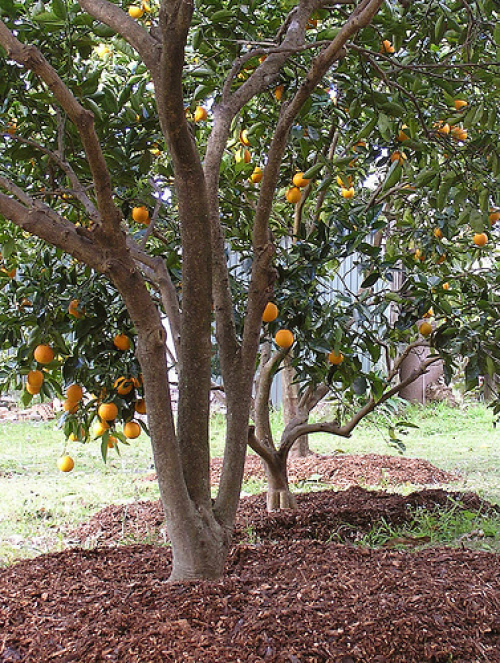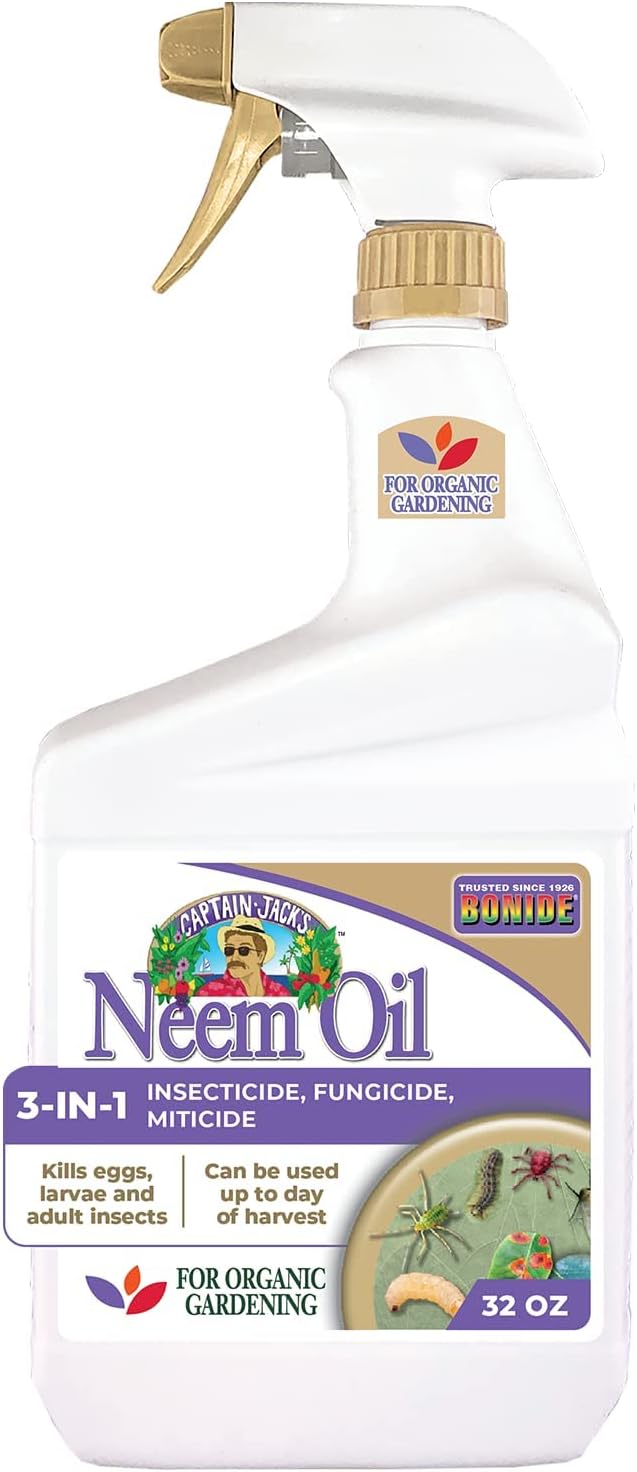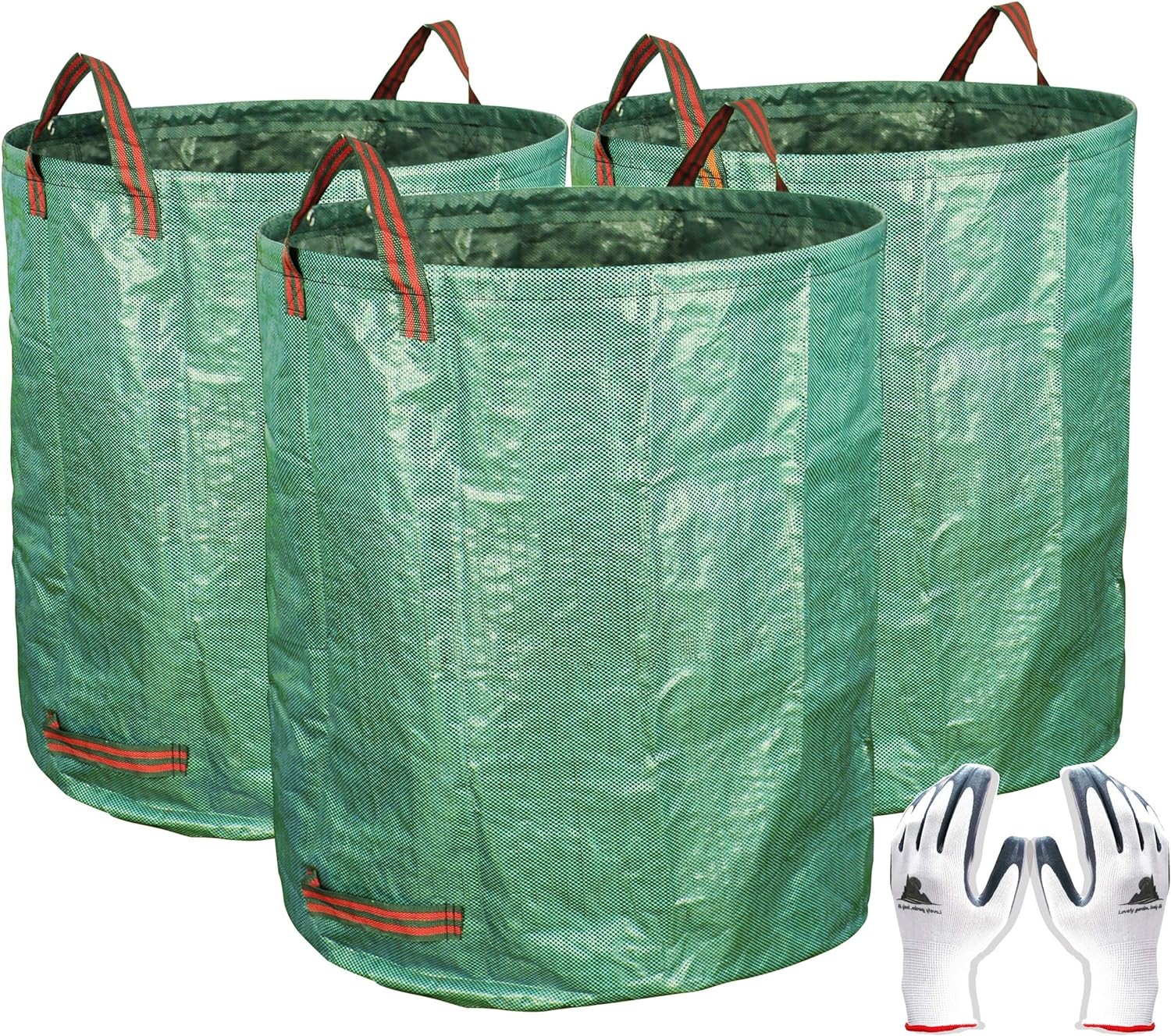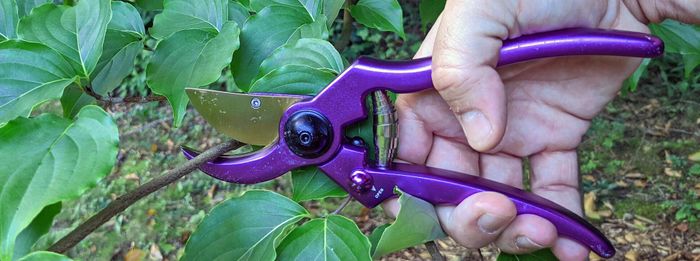Defining Popular Pruning Terms
Before you pick up your shears, it's a good idea to know what the techniques are all about

In a few months, gardeners everywhere will be outside in their still-cool gardens pruning fruit trees, raspberries, blackberries, and the like. Pruning is about working with a plant’s natural growth pattern as it is developing, as well as for maintenance for a mature specimen. Pruning is also what is being done when you shape a tree, edge, or bush to grow into a certain desirable shape. It’s also about keeping canes like blackberries bearing fruit and under control.
A tree is going to perform its best and retain structural soundness if the pruning is guided by its natural development. Therefore, I prefer the more natural approach to pruning in most cases. I’ll admit there are times when I’ve unabashedly enjoyed the occasional Mickey Mouse boxwood or rooster-shaped evergreen. I won’t apologize. In any case, gardeners throw out many different terms regarding pruning techniques, so I thought I’d share some definitions.
Thinning or thinning out is when the gardener actually removes big branches right to the trunk or another main branch. This isn’t the type of pruning you do to stimulate new growth.
Pinching is what’s done to the tip of a branch that’s actively growing. This type of pruning encourages the plant to grow more leaves; it gives you bushy growth and will also stimulate more blooms.
Deadheading refers specifically to pulling, pinching, or cutting off flowers that have bloomed and are now spent. This keeps the plant looking neat as well as stimulates more blossoms.
Topping off is when a large branch is cut from a mature tree, usually at the top. It’s rarely practiced anymore—at least by those in the know. This type of pruning produces a large wound, which encourages disease and decay. The branches that reappear later tend to break off easily, making the tree a potential hazard. It’s seriously ugly too.
Heading back is when you prune the main branches of a tree by about half in order to stimulate new growth. This technique reduces the size of the tree, so it’s best to do it over a period of time as opposed to all at once.
Shearing is when you cut the surface smoothly across like on boxed hedges. It can help shape a shrub, and it promotes bushiness.
Limbing up is to remove the lowest branches from a mature tree. This technique can bring light through and under a tree.
Pollarding is an intense form of pruning that creates a formal, ball-type shape on a tree. It’s not a technique that can be used successfully on all trees. You may have seen willows or fruitless mulberries pollarded.
Fine Gardening Recommended Products

Bonide Captain Jack's Neem Oil, 32 oz Ready-to-Use Spray, Multi-Purpose Fungicide, Insecticide and Miticide for Organic Gardening
Fine Gardening receives a commission for items purchased through links on this site, including Amazon Associates and other affiliate advertising programs.

ARS Telescoping Long Reach Pruner
Fine Gardening receives a commission for items purchased through links on this site, including Amazon Associates and other affiliate advertising programs.

Gardzen 3-Pack 72 Gallons Garden Bag
Fine Gardening receives a commission for items purchased through links on this site, including Amazon Associates and other affiliate advertising programs.







Comments
Log in or create an account to post a comment.
Sign up Log in